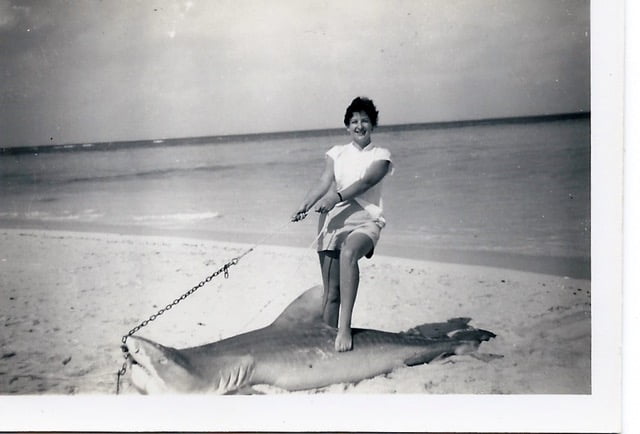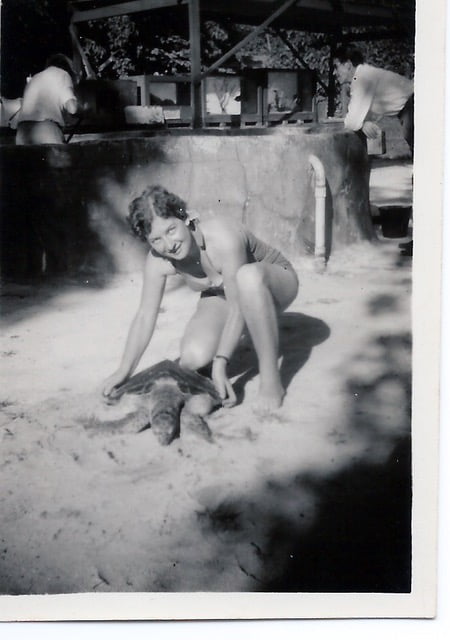My mother lived and worked on Heron Island at the Great Barrier Reef in 1955. That was the same year the young Bob Endean established the University of Queensland Heron Island Research Station. He went on to become a famous marine biologist, and instrumental in the formation of the Great Barrier Reef Marine Park Authority (GBRMPA) in 1975. There are photographs of my mother, then Joan Edith Pearce, standing knee deep surrounded by Porites coral micro atolls that are stunted and bleached. She says no one talked about ‘coral bleaching’ back then, it was always crown-of-thorn star fish that were going to cause the imminent demise of the Great Barrier Reef.

The growth of corals back in 1955 at Heron Island was constrained by their inability to continue to grow-up, because sea levels were not rising. This continues to be the situation today — despite what you might be told on the nightly news. In fact, a peer-reviewed technical paper by L. Scopelitis et al. published in the journal ‘Coral Reef’ (2011) and rather curiously entitled ‘Coral colonisation of a shallow reef flat in response to rising sea level: quantification from 35 years of remote sensing data at Heron Island, Australia’ explains that the period 2002 to 2007 has been the most constrained for Heron Island corals since at least 1940. This is apparently because they have reached their vertical limit for growth, and there has been no sea level rise. I’m not disputing that the computer models tell us that we have had catastrophic sea level rise over this period, just that it is more difficult to find evidence of this sea level rise at the Great Barrier Reef, and along our coastlines.
My mother was born in Malta, when it was a British naval base. Her father was a signalman responsible for transmitting, receiving, encoding, decoding, and distributing messages obtained via flag semaphore and signalling and visual Morse code. Communications are still important, but we do them in different ways now a-days. Both my grandfathers died of war-related injuries. They were men who went to war, and their stories end about then. Of course, there will be another war. It is the history of the world, and history tends to repeat itself.
At the beginning of WWII, Mum found herself in England for the first time ever, and living in a little village just to the south of London under the path of the doodlebugs (German V-1 flying bombs). When they fell short of London, they fell on her village.
At the end of the war, remembering the warmth of Malta, she paid ten pounds that was the cost of passage to sunny Australia. After two years in Melbourne she headed north and found work on Heron Island. The year I was born, 1963, Joan was further north again living just to the south of Darwin in the remote Northern Territory growing bananas and tomatoes.
Mum got married in 1956 to John Winterton Turnour and they bought the property called ‘Coomalie Creek’ in 1958. It had an airfield that had been built in 1942 by the Royal Australian Air Force, after the city of Darwin was bombed on 19th February that year.
All of this, and more, is detailed in my mother’s autobiography. It’s called ‘A Colourful Tapestry’. It can be downloaded from Kindle, is available from Dymocks.



 Jennifer Marohasy BSc PhD is a critical thinker with expertise in the scientific method.
Jennifer Marohasy BSc PhD is a critical thinker with expertise in the scientific method.
